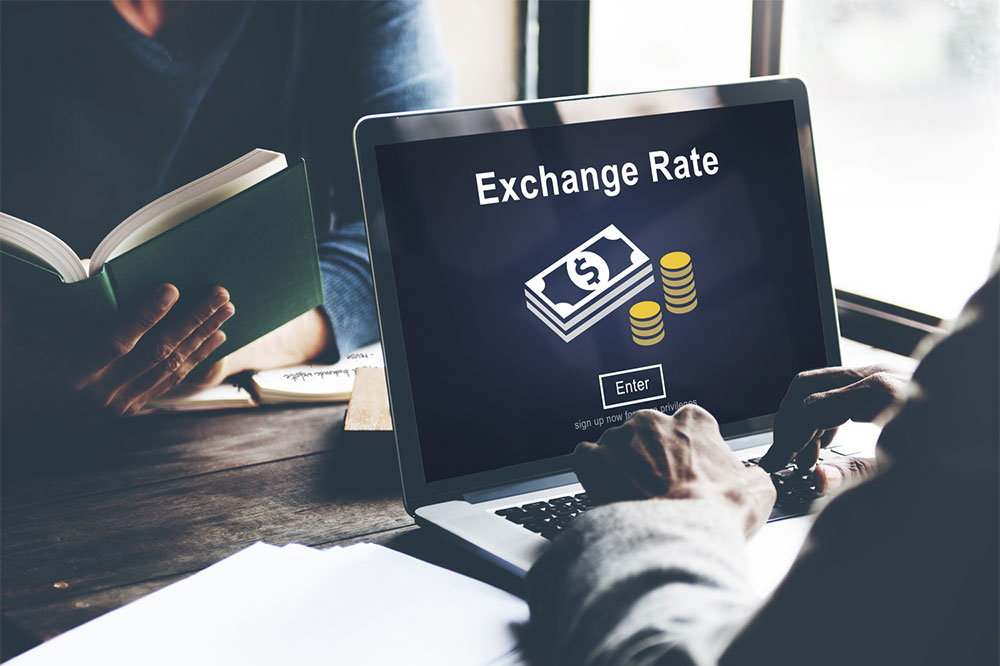Key Factors Before Opening a 5% Interest Savings Account
Explore essential factors to consider before opening a 5% interest savings account. Learn about institution reputation, FDIC insurance, financial stability, charges, and optimal usage to make informed decisions and maximize your savings while protecting your finances.
Sponsored

Opting for a high-interest savings account is an excellent way to grow your savings for upcoming purchases and investments that need moderate funds. Several financial institutions offer 5% interest rates, making these accounts highly attractive for building a solid financial foundation. However, such accounts often come with high minimum balance requirements. It's essential to balance your finances carefully to avoid impacting your daily expenses while maximizing returns.
While attractive, high-interest savings accounts require careful consideration before commitment. Important aspects include evaluating the institution's credibility, insurance coverage, and your own financial stability.
Institution reputation
Conduct thorough research on the bank or credit union’s reputation and legal standing. Review customer feedback and seek advice from financial experts or trusted investors who have experience with high-interest savings accounts. Ensuring the institution’s reliability is crucial before depositing your funds.
Federal Deposit Insurance
Confirm that the financial institution is insured by the Federal Deposit Insurance Corporation (FDIC). This protection guarantees your deposits up to a specific limit, safeguarding your money in case of unforeseen issues.
Financial health
Ensure your overall financial situation is stable. If you need frequent access to your funds, a regular savings account might be more suitable since some high-interest accounts limit withdrawal options. Make sure the account’s restrictions won’t hinder your essential daily expenses.
Additional charges
Be aware of any extra costs such as monthly maintenance fees or inactivity charges. Clarify these details with your bank beforehand to avoid surprises that could reduce your returns.
Intended purpose
Some accounts may offer ATM cards, which can increase spending flexibility. However, it’s best to avoid activating this feature if your goal is to maximize savings for future investments like education, home improvements, or emergencies. Use these accounts as a long-term financial buffer.






